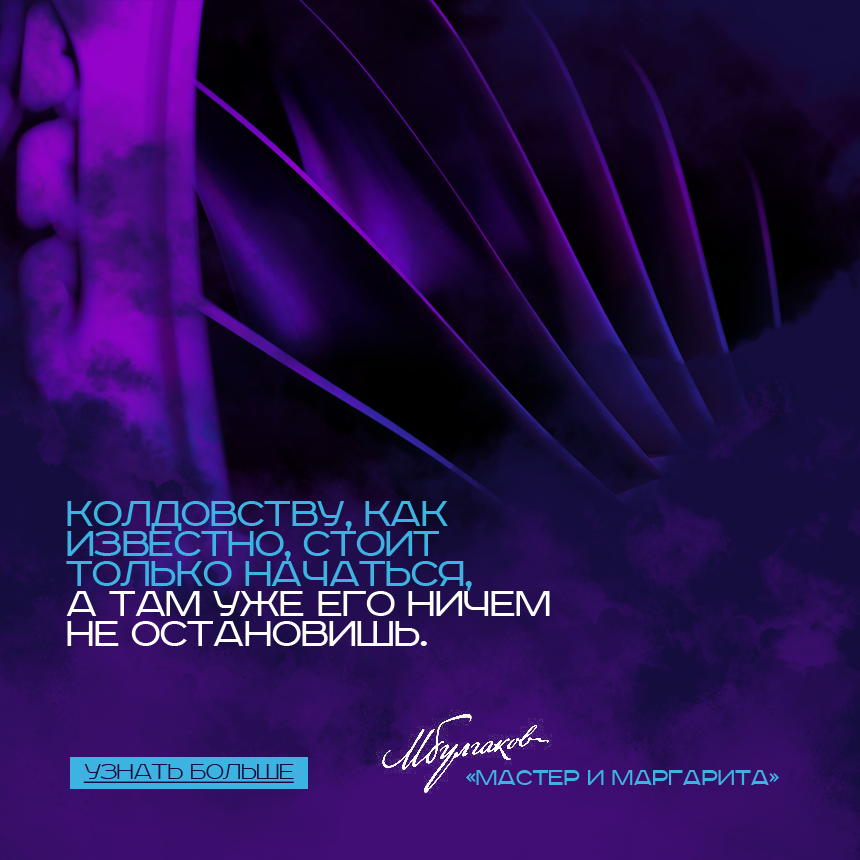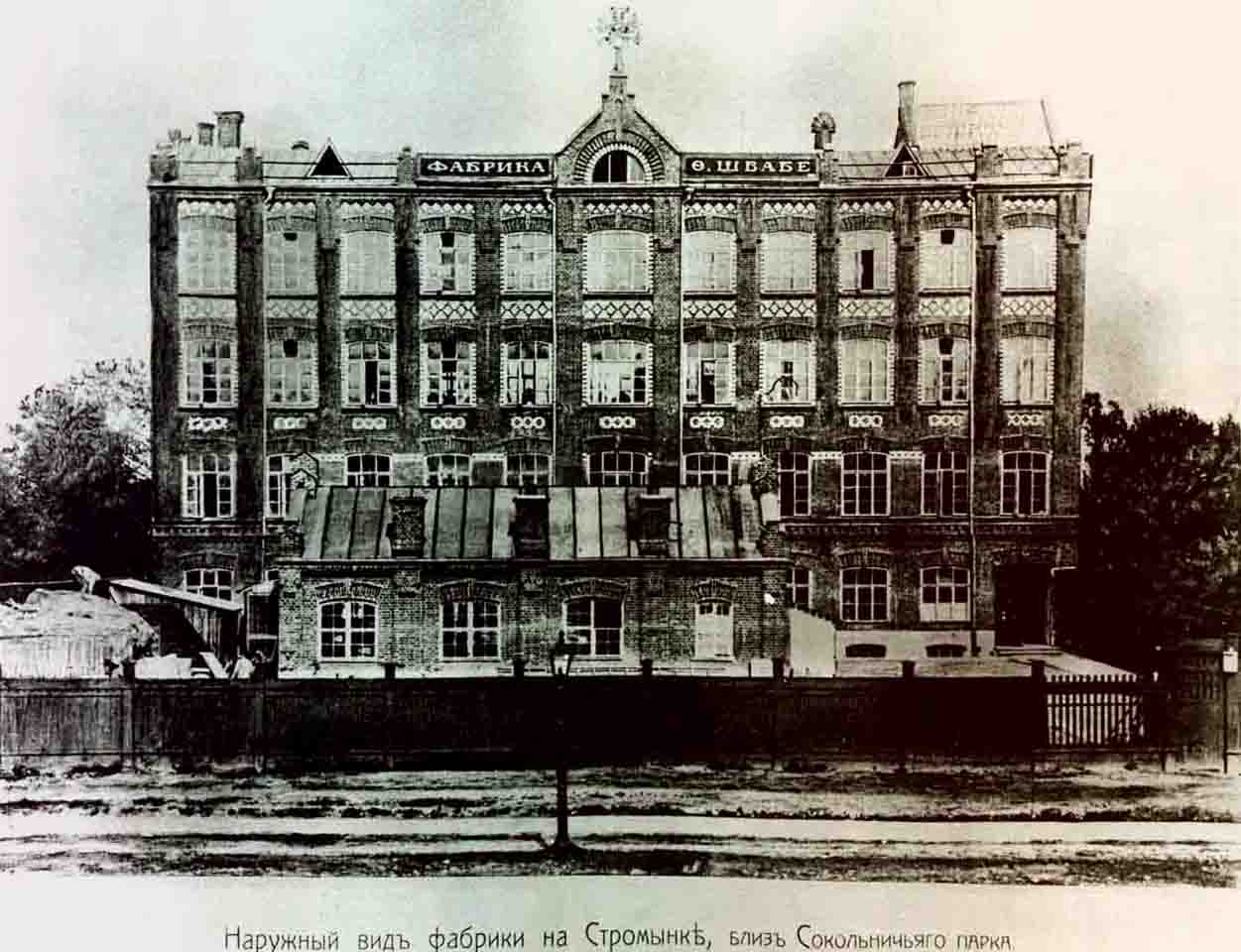
One can trace the roots of the Russian optics industry to 1837, when German Theodore Schwabe opened his store to trade in foreign-made eyeglasses and optical instruments. Shvabe’s business, which became, over time, an optics manufacturer, survived the toughest moments in the history of our nation, including World War I and World War II. In wartime, the company’s products were helping to defend the country.
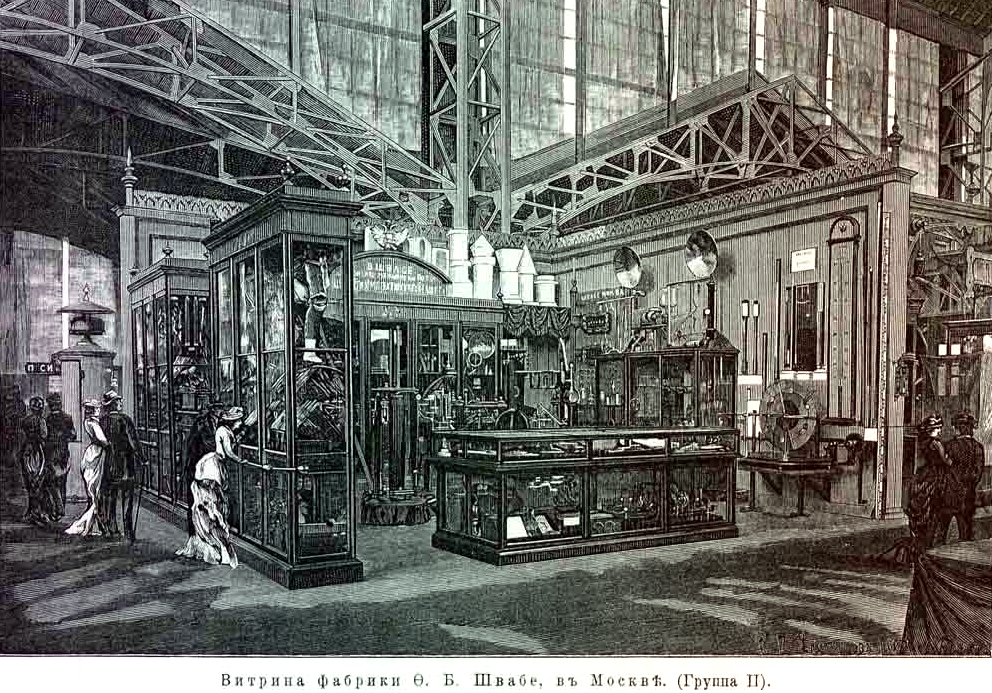
The holding company’s history goes back to 1837, when its founder, Swiss citizen of German nationality Theodore (Fedor) Schwabe (Shvabe) came to Moscow, rented a storefront on Kuznetsky Most and opened his store to sell eyeglasses and optical instruments brought from other countries by special order.
As his business grew, he added a repair shop. Ten years later, Shvabe masters were already making their own versions of all optical instruments known at the time, including tools to order of the Russian Imperial family. Shvabe opened his firm to manufacture and sell optical, geodetic, medical and other useful instruments in Moscow in 1850.
.jpg)
Things of interest
Theodore Shvabe was one of the few industrialists to present Russian designs in 1853 at the Moscow Manufacturing Exhibition, Russia’s largest, - spy glasses and rangefinders of his design.
In 1854, Shvabe Co. made a cast-iron figure of a mountain unicorn on four horses for the Imperial family, which Emperor Nicholas I rewarded by appointing Theodore Shvabe Imperial Court Supplier and granting him a diamond ring with a ruby.
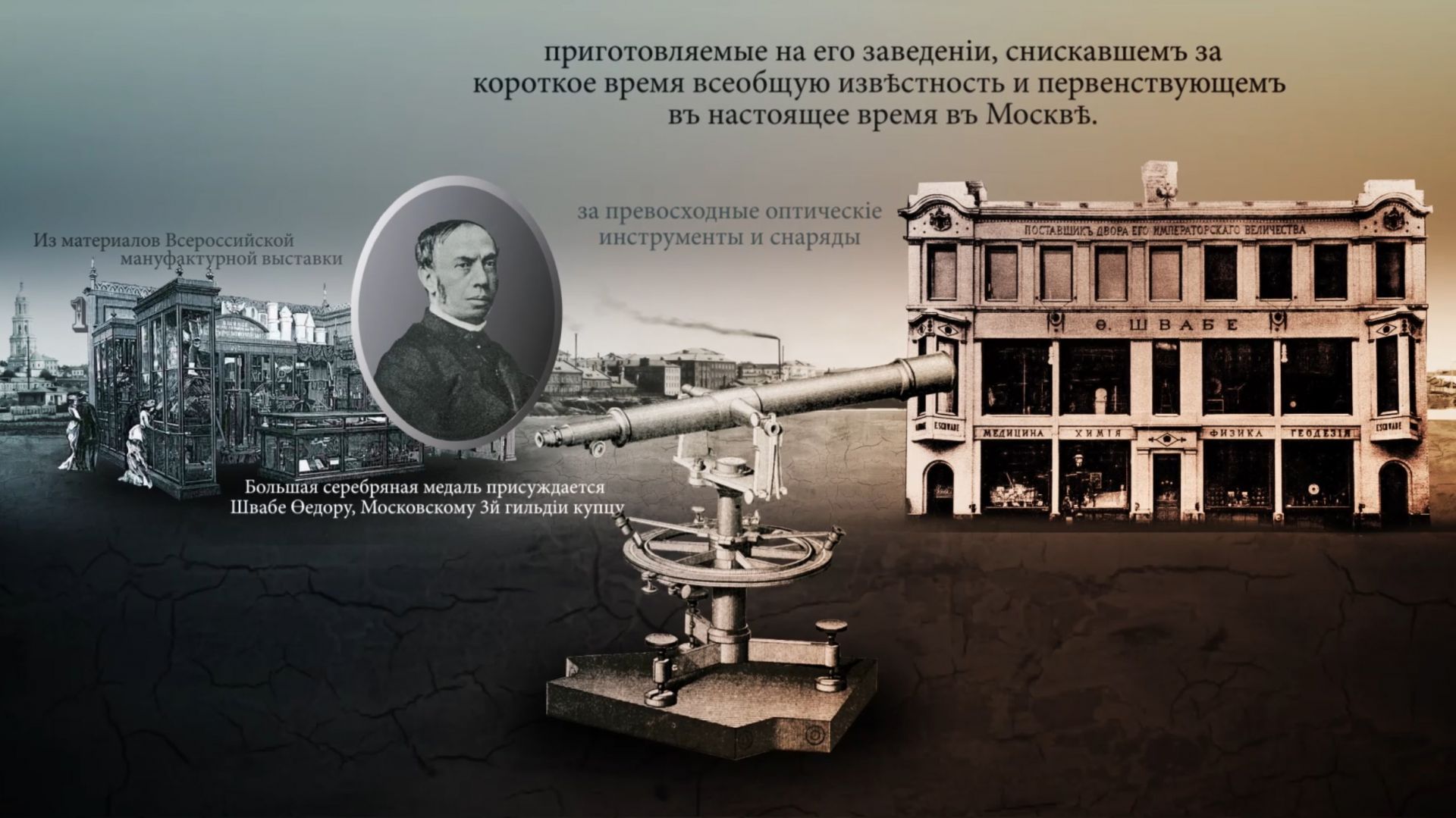
After the start of World War I, the factory worked on government contracts to produce medical instruments, disinfection chambers, field hospital equipment and various military instruments. Schwabe Joint-Stock Company was renamed as Geophysica Joint-Stock Company in 1916. The company was nationalized after the 1917 revolution.
The State Institute of Optics was established in this country in 1918 (the S.I. Vavilov GOI), in a landmark event for the domestic optical science. The optics industry underwent optimization in the 1920s-1930s, with existing production facilities getting upgrades, construction of new plants getting under way.
The plant was named Plant No. 217 in 1937. It was the only company at that time capable of filling any order for military optics.
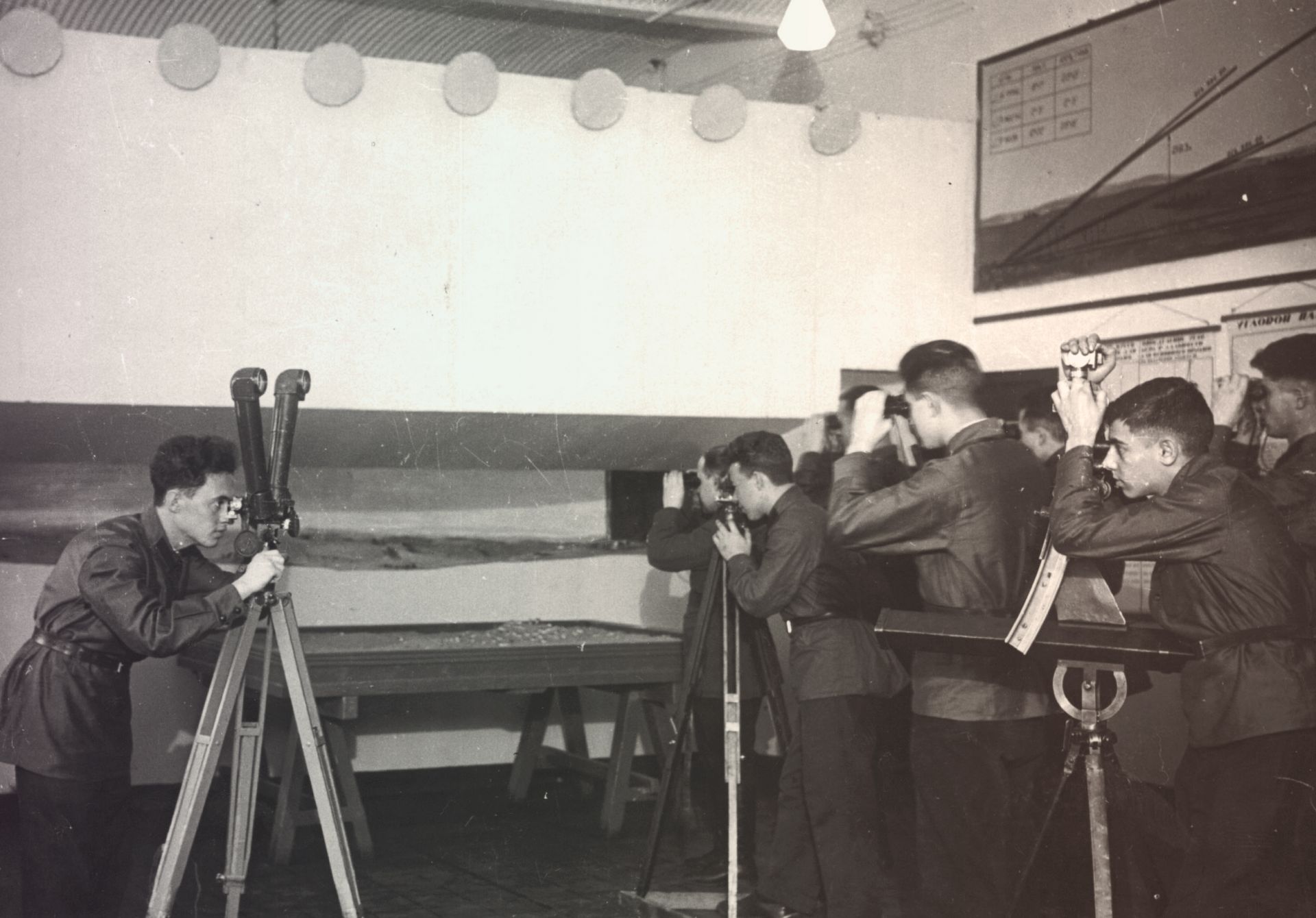
The plant was evacuated from Moscow to Sverdlovsk (modern Yekaterinburg) in the Ural Mountains during the Great Patriotic War (in October 1941). Nearly 10,000 production-line employees followed the plant to the Urals, contributing to making Sverdlovsk and Novosibirsk the new centers of the nation’s optics industry.
The plant was assigned a fairly important role during the war, increasing the output of military products by 75% during the war years (compared to the pre-war 1940).
In the 1950s, the plant started production of an optical geodetic range scope, the country’s first phase light rangefinder with a semiconductor-based oscillator and a radio rangefinder, which was subsequently used for a geodetic survey of the plant. Starting from 1959, the plant became a participant in all Soviet space programs.
In 1964, Plant No. 217 got a more revealing name of Urals Optics and Mechanical Plant (UOMZ). At the time, the company was a global leader in aviation optics manufacturing.
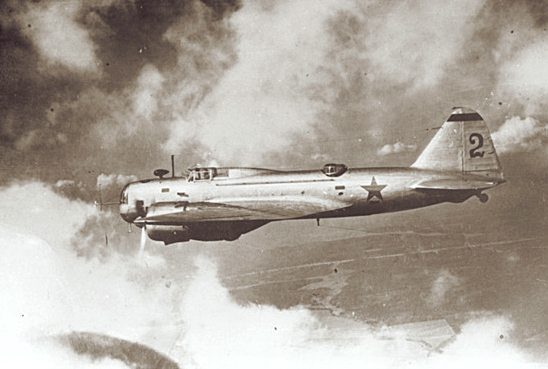
Things of interest
The plant commenced development of three visual instruments for the proposed lunar spaceship in 1967: LV-1, the lunar vertical, to identify, with high precision, the direction of one of the spaceship’s axes relative to the direction towards the center of the Moon, VShK, a wide-angle telescope sight to observe space within a full hemisphere, and VP1. the pilot’s telescope sight. The plant started building optical-electronic targeting sights for new Sukhoi Su and Mikoyan MIg military aircraft.
Change of Priorities
The company shifted emphasis during perestroika to manufacture of civilian products – the plant becomes a regional leader in medical equipment manufacturing in the Sverdlovsk Region. Quite possibly, it was this shift that enabled UOMZ to weather the hardships of the 1990s.
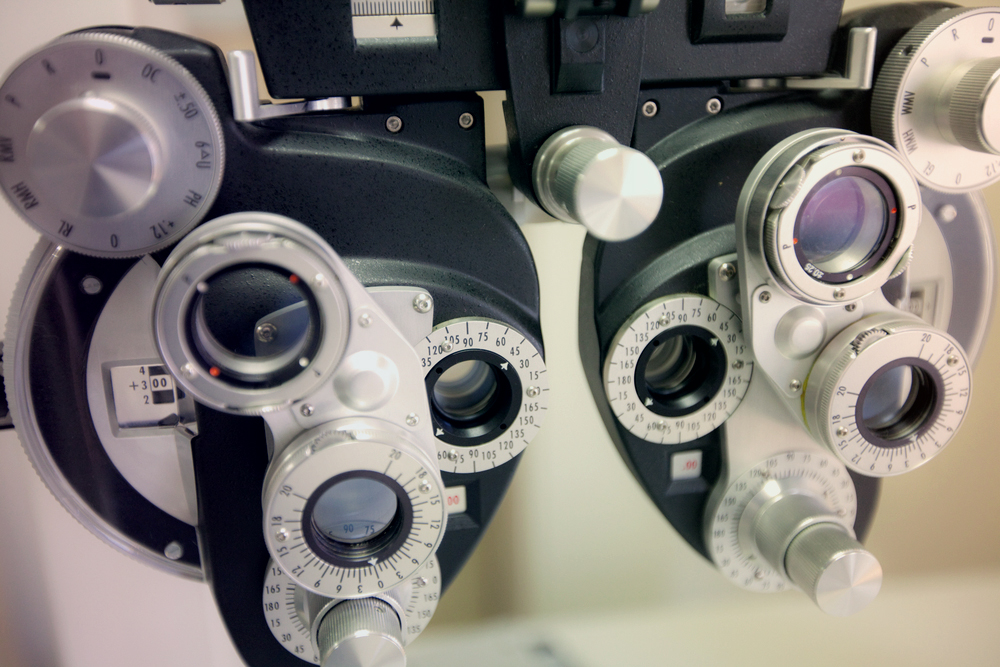
Modern time
The second half of the 2000s was a strategically important time for the optics industry. The Optical Systems and Technologies Holding Company was established within the Rostechnologii Government Corporation in 2009, combining key companies in the Russian optical electronic industry. The optical holding company was renamed as Shvabe in 2012; its divisions and subsidiaries employ around 20,000 people.
The Holding Company manufactures around 6,000 products for different purposes and applications. They include optical electronic and laser equipment for the military, law enforcers, medicine, manufacturing industries, science and electric utilities. Nearly three quarters of the Holding Company’s products are designed for military applications.

Shvabe optical instruments are installed on ships and aircraft. The Holding Company’s output is very significant for the space industry. Spaceships and launchers carry remote probes for exploring the surface of our planet, while the Holding Company’s ground-based designs ensure monitoring of space.
The Holding Company’s neonatal equipment is saving lives of newborns around the world – it has helped save more than 2 million newborns’ lives thus far. The company is Russia’s only manufacturer of all types of neonatal equipment and controls approximately 30% of the Russian market. The Holding Company also manufactures medical lasers, binoculars and many other types of civilian products.
The Holding Company currently holds 672 patents and is not going to rest on the laurels – its constituent companies are registering 150-170 new patents a year, including 5-9 international patents.
The company’s products enjoy strong demand in 83 countries around the world. The company is planning to launch an IPO shortly.
